Energy Storage & Electrification
Enabling a Reliable and Affordable Energy Future
Australia’s energy system must nearly triple by 2050 to meet the dual challenge of replacing aging coal generation assets and supporting rising electrification across transport, industry, and homes.
This transition is not merely about integrating renewable energy sources...
So, what does this shift mean?
A system under pressure on both sides of the meter...
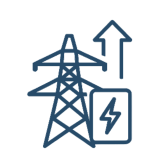
Electricity demand rising fast
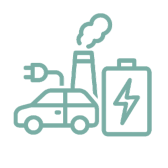
Storage must scale rapidly
To meet this rising demand, grid-scale battery storage in Australia is pushing toward 22 GW by 2050, with rapid growth expected over the next five years. New Zealand is on a similar path, with over 400 MW of large-scale BESS projects already in the connection queue.^
^AEMO 2024 ISP; MBIE 2024 EDGS
The BIG Picture
Why Electrification and Energy Storage Matters
Electrification is more than a carbon-reduction lever. It is central to achieving economic, energy, and environmental goals.
Its wide-reaching benefits include:
- Cost savings from more efficient energy use
- Reduced exposure to global fuel price volatility
- Improved resilience through localised energy production and storage
- Support for net-zero targets by enabling renewable uptake
Storage as the backbone of renewables
Firming capacity is crucial in an energy system dominated by variable renewables.
AEMO’s modelling shows that storage, particularly 4–12-hour duration is vital for managing evening demand peaks when solar fades and wind output is uncertain.
Battery Energy Storage Storage (BESS)
Fast-response firming
Pumped Hydro Energy Storage (PHES)
Medium-duration grid stability
Hydrogen and Flow Batteries
Emerging long-duration options
Storage allows energy captured during times of surplus (e.g., midday solar peaks) to be used during periods of high demand or low generation, playing a central role in system reliability and affordability.
Key Challenges
The transition to electrification and energy storage includes three core challenges:
CHALLENGE #1
Infrastructure
& Investment
Upgrading infrastructure to handle increased electricity demand, reliability issues, and significant investment requirements for expanding transmission and distribution networks.
Source: 2024 Electricity and Gas Networks Performance Report, AER.
CHALLENGE #2
Market
& Pricing Dynamics
Navigating regulatory complexities, developing smarter, market-responsive tariff structures, and managing energy pricing when renewable sources cannot consistently meet demand.
Sources: Consultation Paper – Stage 2 of the Reliability and Supply Adequacy Framework, AEMO.
CHALLENGE #3
Technology
& Sustainability
Managing renewable intermittency, asset lifespan concerns, recycling challenges, and the reliance on electric vehicle uptake and household battery storage for grid stability.
Sources: 2026 ISP Timetable, AEMO.
Verbrec Insights
Our Thinking

Future of Electrification: Strengthening Australia’s Grid
Australia’s electricity grid is at the centre of one of the most significant transitions in its history. As fossil fuel plants retire and demand for electricity rises, the grid must evolve rapidly—not just to replace old infrastructure, but to support...
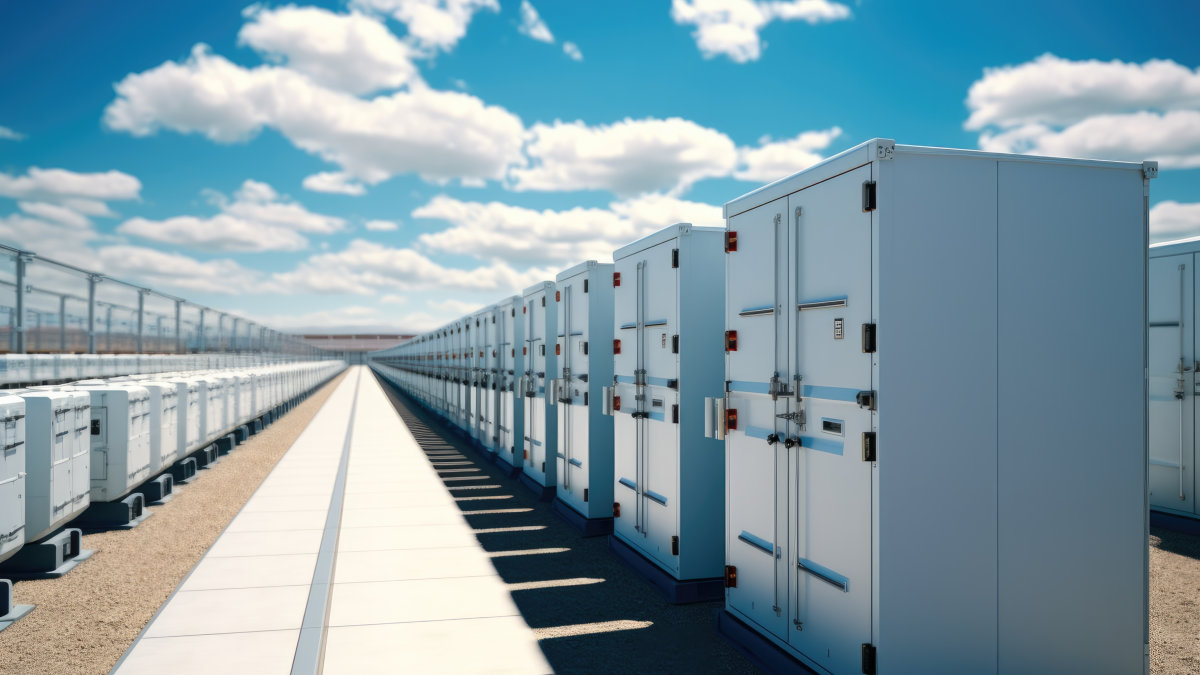
As Australia accelerates its shift to renewable energy, Battery Energy Storage Systems (BESS) are emerging as a critical enabler of grid reliability, flexibility, and responsiveness. From stabilising frequency to shifting solar output into the evening peak, batteries are fast becoming...
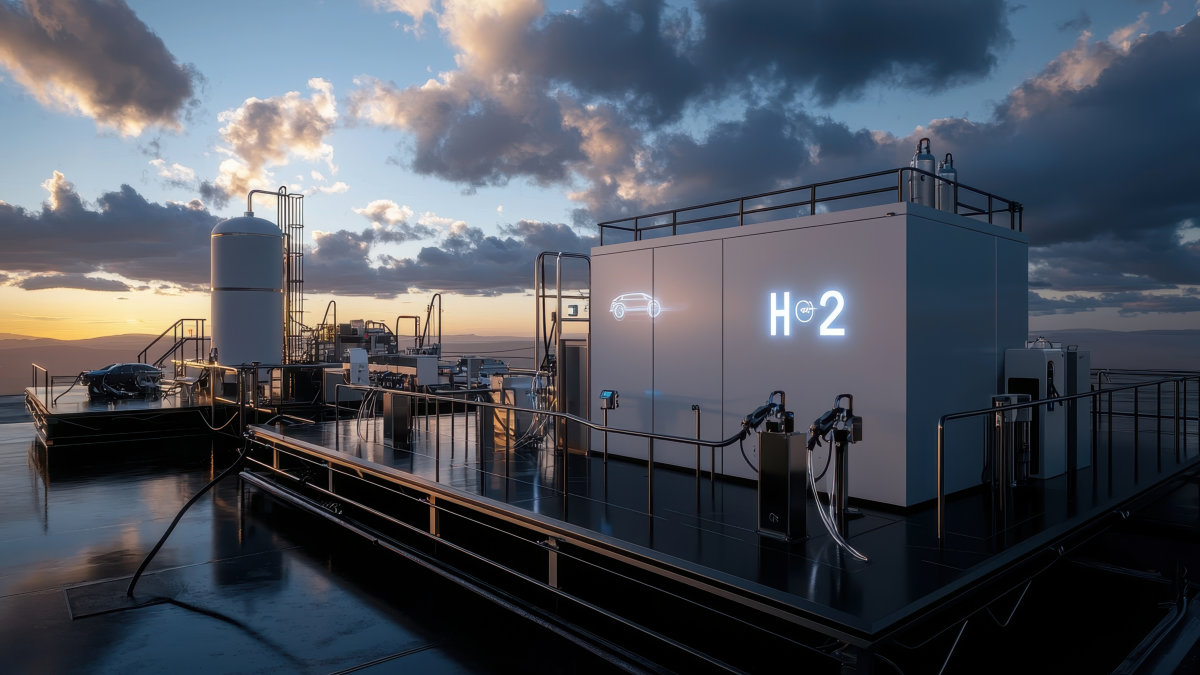
Hydrogen is emerging as a versatile, long-duration energy storage solution and a clean fuel with the potential to play a key role in Australia’s net-zero energy future. While it is not yet a mainstream storage option on the grid, pilot...
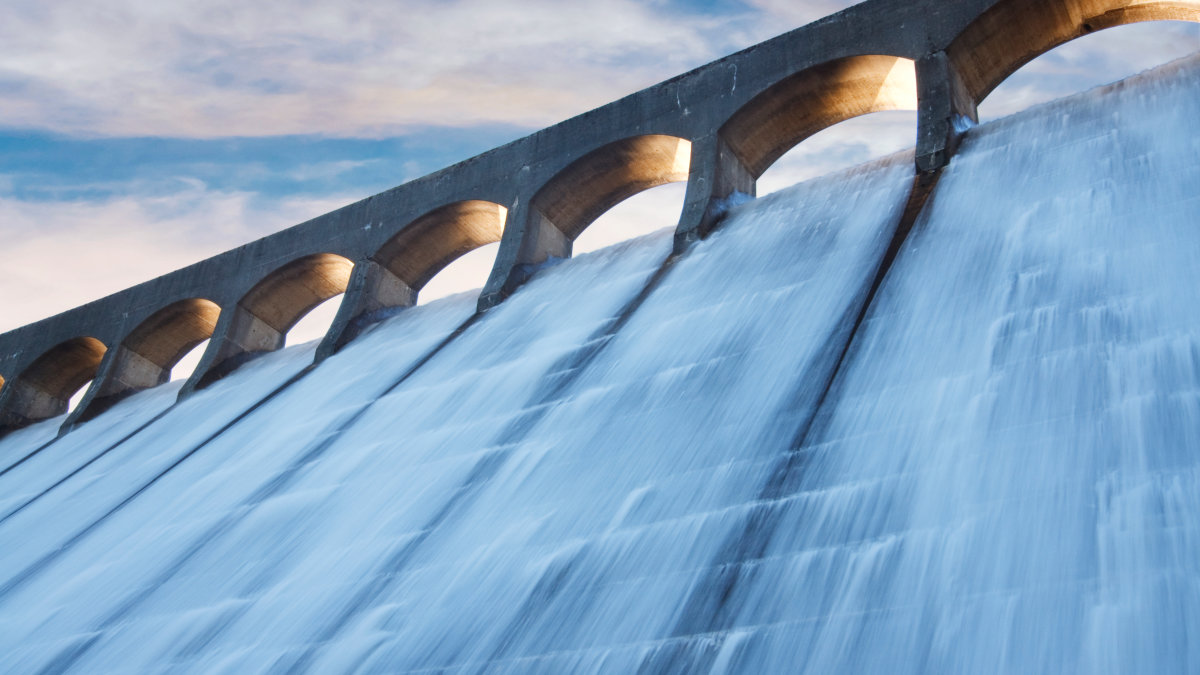
As Australia transitions toward a low-carbon electricity system, the role of long-duration energy storage becomes increasingly critical. While conventional batteries capture attention for their speed and modularity, Pumped Hydro Energy Storage (PHES) remains the country’s most proven and scalable large-scale...
FAQs
Better understand the electrification and energy storage landscape:
1. What is electrification?
Electrification is replacing fossil-fuel-driven technologies with electric-powered alternatives, a shift supported by industry reports highlighting Australia’s accelerating adoption of electric technologies in transportation, mining, manufacturing, and household sectors to significantly cut emissions and improve energy efficiency.
2. How does electrification help reduce emissions?
By transitioning from fossil fuels to renewable electricity, electrification significantly reduces greenhouse gas emissions and pollution, as supported by projections showing substantial emissions reductions due to increased electrification across multiple sectors including residential, commercial, and industrial applications.
3. What types of energy storage are available?
Battery storage, pumped hydro storage, thermal storage, hydrogen storage, and flow batteries are common storage solutions.
4. Why is energy storage important?
Energy storage helps balance the intermittency of renewable energy sources, ensuring consistent and reliable power supply.
5. What is Behind-the-Meter (BTM) energy?
Australia is seeing rapid growth in electricity use at the consumer level—driven by residential EV charging, rooftop solar, battery storage, and all-electric appliances. While BTM demand contributes to decarbonisation, it’s often invisible to the grid in real-time, making energy forecasting and infrastructure planning more complex.
6. What is Front-of-the-Meter (FTM) energy?
At the same time, utility-scale electricity demand is increasing sharply, driven by new industrial loads, electrified mining operations, and housing developments. This surge in demand is placing added strain on ageing infrastructure, requiring expanded transmission networks, new generation capacity, and grid-scale storage to ensure reliability.
Our Experience
Featured Case Studies
With deep expertise in energy, infrastructure, and industrial sectors, Verbrec supports clients in delivering scalable, future-ready electrification and storage projects.
Ready to lead the energy transition?
At Verbrec, we deliver end-to-end services across the full asset lifecycle; from feasibility studies and engineering design to system integration, commissioning, and ongoing operations. We also offer industry training and competency assurance to support a seamless and successful transition to electrification and energy storage.